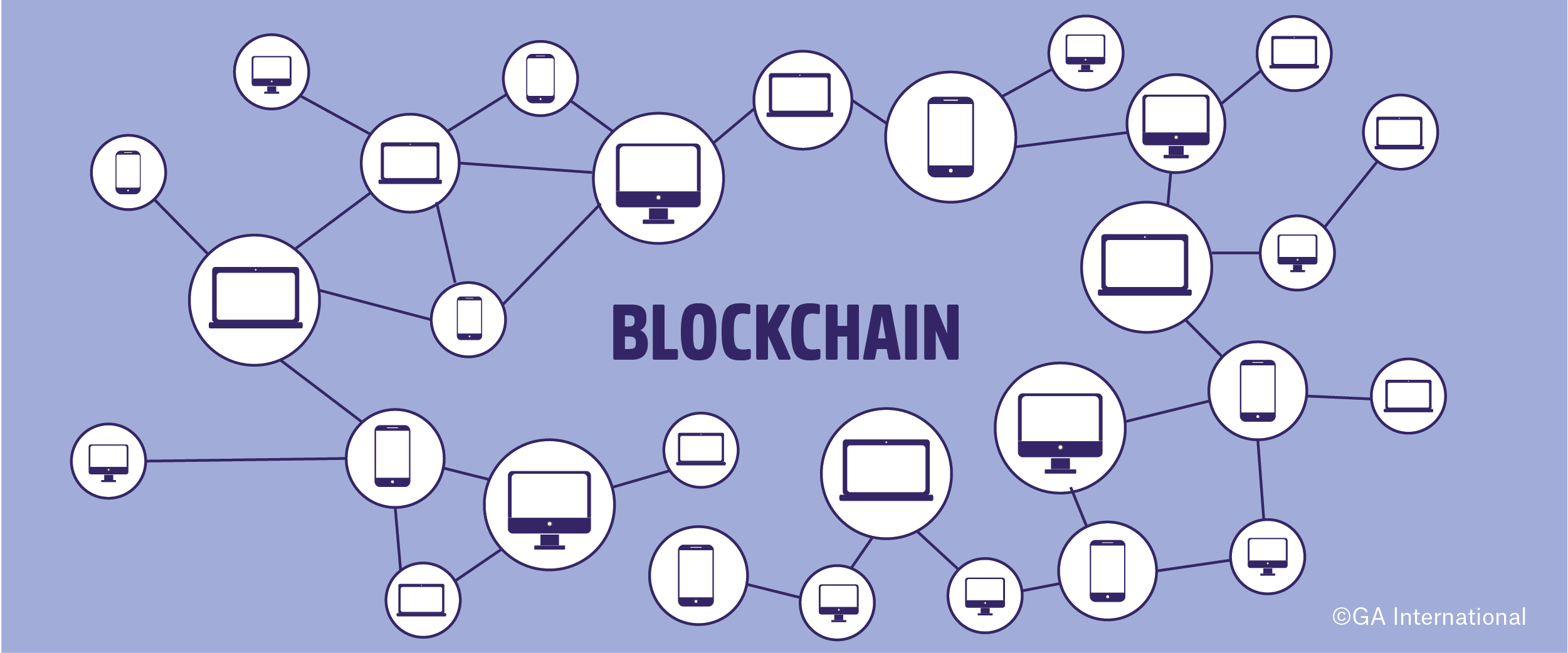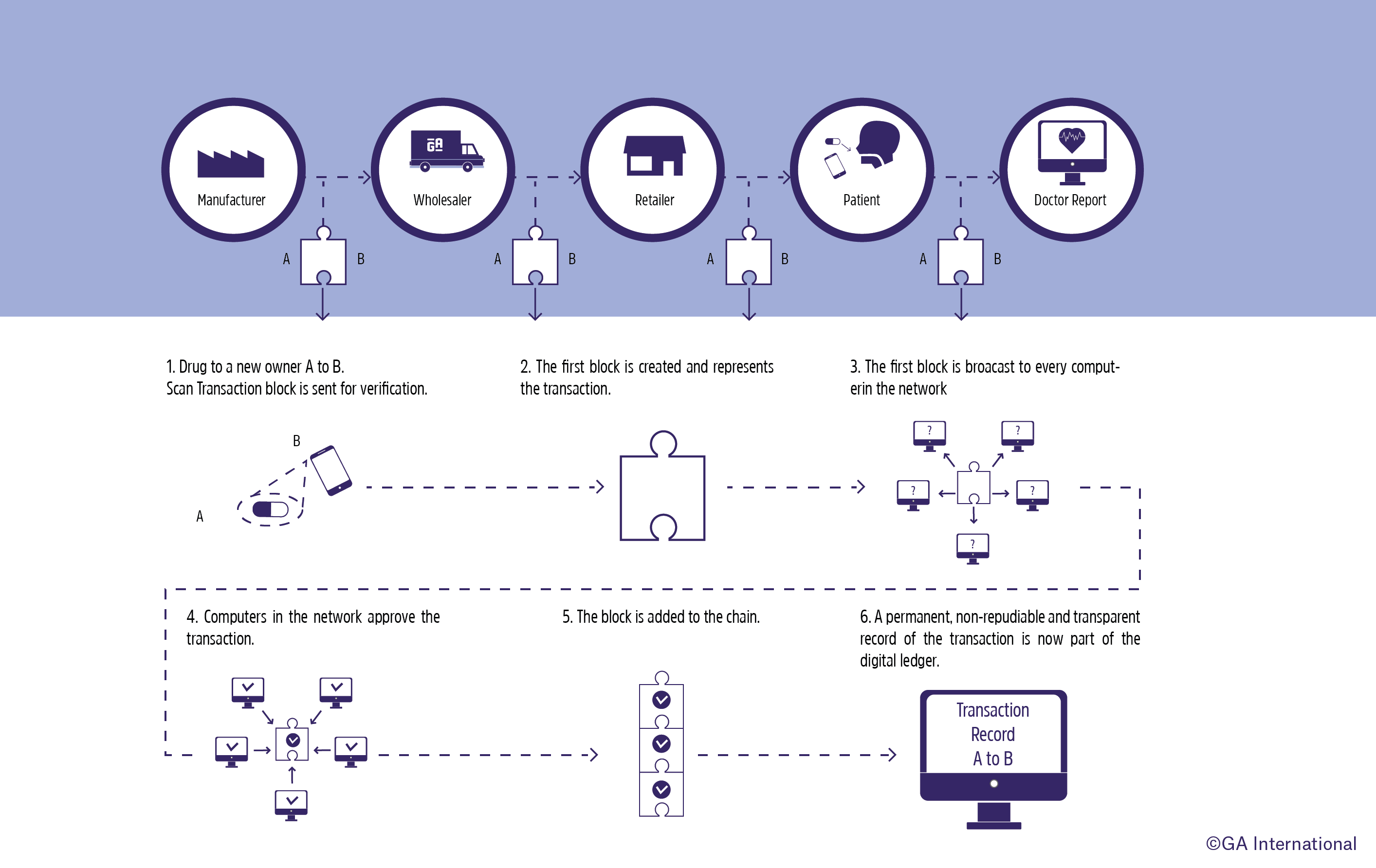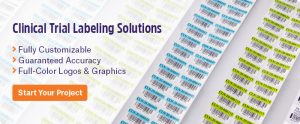 In 2018, the term “Blockchain” was one of the most searched terms by scientists on Google.1 This technology first appeared ten years earlier as the driving force behind the cryptocurrency, Bitcoin. Since then, many have followed suit, creating more than 2000 different cryptocurrencies worth hundreds of billions of dollars.2 Blockchain is helping the healthcare industry, with the opportunity to solve many issues currently plaguing healthcare institutions and companies alike.
In 2018, the term “Blockchain” was one of the most searched terms by scientists on Google.1 This technology first appeared ten years earlier as the driving force behind the cryptocurrency, Bitcoin. Since then, many have followed suit, creating more than 2000 different cryptocurrencies worth hundreds of billions of dollars.2 Blockchain is helping the healthcare industry, with the opportunity to solve many issues currently plaguing healthcare institutions and companies alike.
How does blockchain work?
Blockchain systems work by storing large amounts of data as encrypted blocks. What makes blockchain special is how it stores them: these blocks are interconnected and decentralized. That is, they are not owned by any one specific infrastructure. Validated data is stored in blocks that are coded with “hashes” and asymmetric encryption, turning a large amount of data into a fixed-length hash. Hashing, used by Bitcoin, involves plugging in a set of data to receive a fixed output, while asymmetric encryption encrypts data based on a pair of “keys” that can only be decrypted by those in possession of the keys. These features make the system immutable, or hack-proof, as any attempt to tamper with the data will also change the hash throughout the entire blockchain, invalidating the entire chain with only a single attempt to meddle with it. Decentralization also helps prevent tampering as there isn’t just one system that needs to be overridden and changed. With blockchain, the file would need to be changed for every unique owner of the data.
Applications in healthcare
Healthcare records and credentials
Although blockchain is not widely used in hospitals yet, its implementation is mainly being considered for securing patient medical records. The idea here is that using blockchain will give patients more control over their data, making it easier to distribute among clinicians when needed and to access themselves, all while keeping it secure. As the patient would be partly responsible for managing their own record, they’d become more involved in the decision-making process. They could also opt to sell, for a cryptocurrency fee, their information to companies and researchers.3 The first company to facilitate these types of transactions using blockchain, EncrypGen, was launched in November 2018, allowing users to market their genomic and health data to pharmaceutical companies and researchers.4 Other companies that are setting up similar businesses include Nebula Genomics and Genomes.io, both of which plan to safeguard their clients’ genetic information and give them the chance to turn a small profit from it.5 Doctors and nurses could benefit directly from blockchain as well. Licenses and credentials could be awarded via blockchain, which would keep a tamper-proof ledger that can be shared immediately with any healthcare institution, ultimately making the process more efficient and streamlined.
Pharmaceutical supply chain
A major problem facing pharmaceutical companies is the circulation of subpar or counterfeit products, which can cost as much as 4.4% of total sales every year. Pharmaceuticals need to be tracked, traced, and verified, with strict US Food and Drug Administration (FDA) guidelines in the United States (and other national regulations outside North America) regulating their development and distribution. The unchangeable nature of blockchain ensures the production record for each item is securely tracked, with access to the blockchain restricted to the healthcare provider, the regulatory agency, and the company itself. This type of system can also be used to record the storage conditions these products encounter in transit, with ambient sensors for things such as temperature that take unalterable readings, which can then be used for inspection of the goods upon delivery.2,3,6
 Clinical Trials
Clinical Trials
The most immediate way blockchain can improve clinical trial methodology is by securing the identity and personal information of the participants and by providing them with the results of the trial once it’s completed. Blockchain can be used to secure the trial data itself as well, preventing falsified or biased reporting. All protocols, consent forms, and potential outcomes could be included in the ledger, and all trial phases could be included in the chain as different blocks, linking each part of the process together and ensuring that the data is validated prior to moving on to the next phase. Companies could also use blockchain to store genetic data from the participants, which could be used to select subjects for future studies.2,3
There are many ways to keep your information protected, from computer passwords and locked filing cabinets to tamper-evident labels, blackout labels, and barcodes. Blockchain represents a new kind of system that can integrate health and research data into shareable pieces, decentralized from the primary source so that users, such as patients, doctors, and scientists, can all share it in a fast and reliable way. It’s still got a long way to go before we see healthcare institutions exclusively implementing blockchain, but with so much promise, it won’t be long before we’re all learning how to navigate these systems the next time we have to see a doctor.
LabTAG by GA International is a leading manufacturer of high-performance specialty labels and a supplier of identification solutions used in research and medical labs as well as healthcare institutions.
References:
- Oakes K. Here’s what scientists searched for in 2018: AI is up, stress is down. Nature. January 2019:1-10.
- Drosatos G, Kaldoudi E. Blockchain applications in the Biomedical Domain: A Scoping Review. Comput Struct Biotechnol J. 2019;17:229-240.
- Radanović I, Likić R. Opportunities for Use of Blockchain Technology in Medicine. Appl Health Econ Health Policy. 2018;16(5):583-590.
- Williams S. First Blockchain-based Genomic Data Marketplace Launches. The Scientist. November 2018:1-2.
- Dimitrov DV. Blockchain Applications for Healthcare Data Management. Heal Inf Res. 2019;25(1):51-56.
- Kamel Boulos MN, Wilson JT, Clauson KA. Geospatial blockchain: Promises, challenges, and scenarios in health and healthcare. Int J Health Geogr. 2018;17:1-10.


